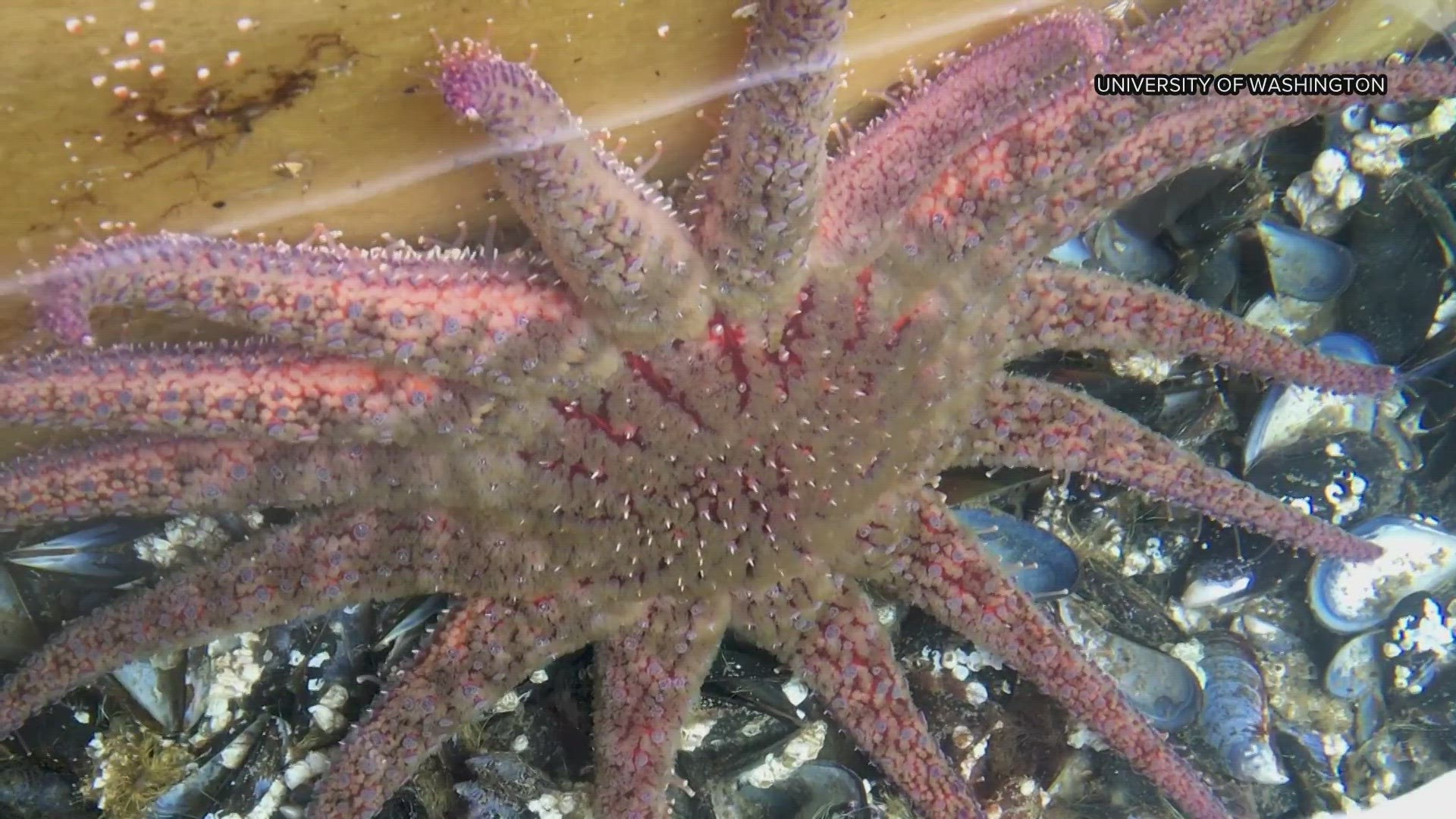The state Department of Health plans to restrict shellfish harvests in a portion of Dyes Inlet this summer due to high bacteria levels recorded near the mouth of Chico Creek.
Jean Frost with the department's shellfish program said a portion of Chico Bay surrounding one water quality monitoring station is being evaluated for reclassification, a change that would close commercial shellfish harvests.
The downgrade wouldn't affect the nearby Suquamish Seafoods shellfish farm, which is situated outside the restricted area, but it would come as a disappointment to local health officials, who spearheaded a pollution reduction project that reopened harvests in a large portion of Dyes Inlet in 2003.
The Department of Health recently listed shellfish growing areas in Chico Bay as "threatened" due to rising bacteria levels at three monitoring stations. This month, the department confirmed samples taken at one station in the southwest corner of the bay were failing to meet water quality standards.
"It didn't come as a surprise," Kitsap Public Health District Environmental Health Director John Kiess said. "It was already a threatened station and unfortunately it didn't get any better."
Health district staff have been working with the state and Suquamish Tribe to pinpoint where bacteria in the bay is coming from. Flocks of waterfowl that frequent the inlet are one potential source. Additional microbial tests could confirm whether the birds are to blame.
Kiess noted the increased in pollution in Chico Bay seemed to coincide with a Chico Creek restoration project that wrapped up in 2014. The creek channel shifted east following the project and is now pointed toward the water quality monitoring station offshore. Kiess said it's possible the creek is churning up bacteria-laden material, contributing to worsening water quality in the bay.
Health officials will continue to test smaller creeks and drainage pipes in the area as they search for bacteria sources.



